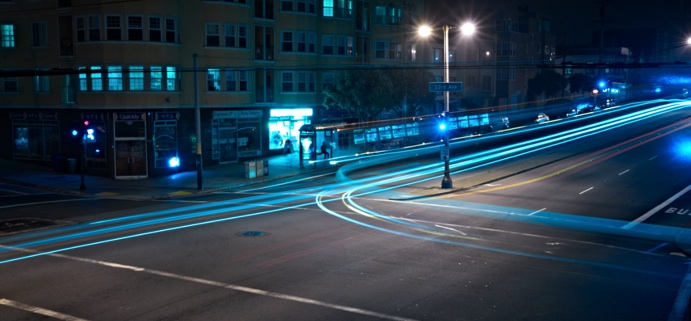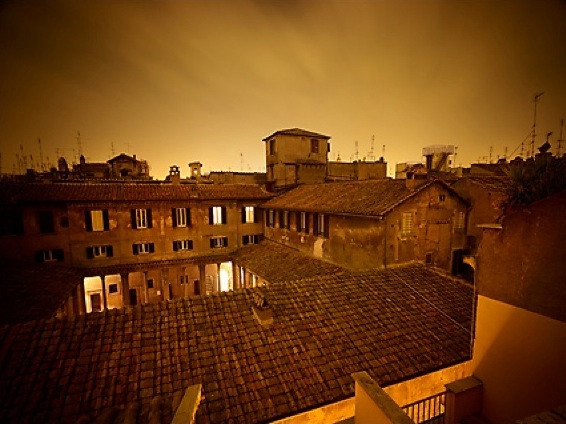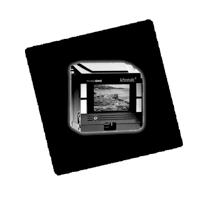
Photographic, Inc.

Bear Images

In Action
So Long, Reciprocity!
Back in the days of shooting film, there was a lot to think about if you wanted to do long exposures, especially if you wanted to go longer than a couple of seconds. Most of the time, just figuring out what the exposure should be was the hardest part, with meters rarely measuring in that realm and of course the problem of reciprocity failure.

Thankfully, digital technology moves us past the reciprocity issues, but also introduces a new set of challenges. Personally, I think these new challenges are much easier to deal with, but challenges nonetheless. The immediate feedback we receive from our digital cameras is something I think we’re all starting to take for granted, but it’s really a pretty significant advantage, especially when you don’t know what the exposure should be for long exposures.


Having the right tool for the job is always important, but especially when you plan on pushing the limits of technology. Attempting to create aesthetically pleasing images that your camera isn’t good at creating will just leave you unsatisfied, so if night photography is on your to-do list, make sure you put some thought into the tools you’ll be using. •


?
Have an idea for an article on this page? If you’d like to suggest a topic, please drop us an email!

In Action

Please Note: Prices, Promotions, Upgrades, All and Any Offers Subject to Change and Limitations Without Notice.
© Bear Images Photographic 2017
Bear Images Photographic, Inc. • San Francisco, CA. 94107 • 650-321-2327 • support@bearimages.com

